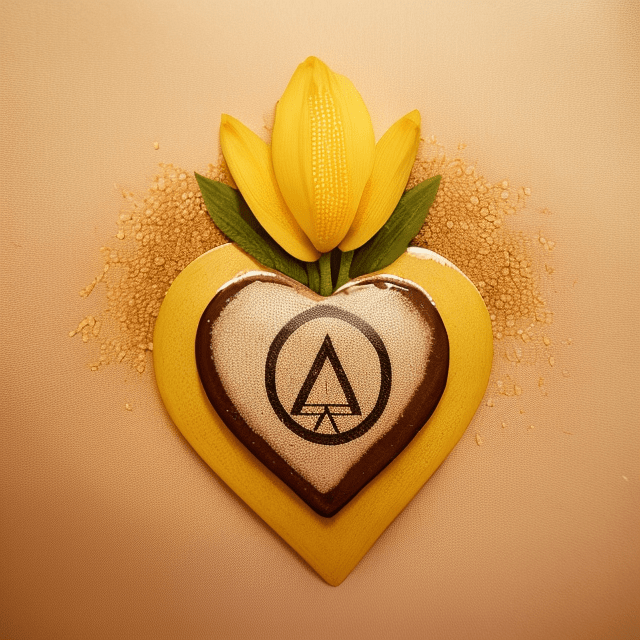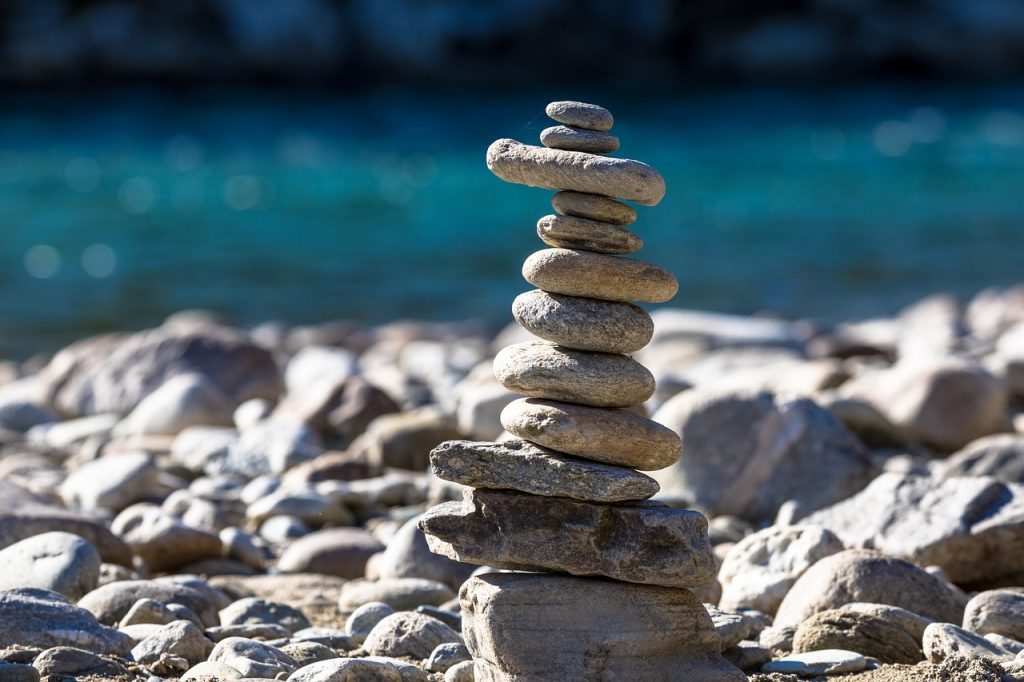“10 Steps to Inner Peace Self-Help and Zen Life”
In the hustle and bustle of modern life, finding inner peace can often feel like an elusive dream. Yet, it is a journey well worth embarking upon. Inner peace isn’t just a state of calmness, a profound sense of contentment, self-discovery, and harmony.

This article outlines ten transformative steps to help you cultivate inner peace, combining the principles of self-help and a zen-like approach to living.
Step 1: Self-Reflection
Embracing Solitude
In our fast-paced world, solitude is a rare gem. It is in moments of solitude that we can truly connect with ourselves. Take time to be alone, away from distractions. This solitude fosters self-awareness and allows you to explore your inner world.
The Power of Journaling
A journal becomes your confidant, a place to pour out your thoughts, hopes, and fears. Through journaling, you can identify recurring patterns, unresolved issues, and hidden desires. It’s a mirror to your soul.
Meditation and Mindfulness
Meditation isn’t about emptying your mind but rather observing your thoughts without judgment. Practicing mindfulness in everyday activities—such as eating or walking—brings a heightened awareness to the present moment, leading to inner calm.
Step 2: Letting Go of Negativity
Identifying Negative Patterns
To find inner peace, you must first recognize the negative thought patterns that plague your mind. These patterns often stem from self-doubt, past traumas, or external influences. Awareness is the initial step towards change.
Cultivating Positive Affirmations
Replace self-criticism with positive affirmations. These affirmations act as a shield against negativity, boosting your self-esteem and reinforcing a positive self-image. Repeat them daily to experience their transformative power.
Gratitude Practice
Gratitude is a potent antidote to negativity. Regularly acknowledge the things you are grateful for in your life. This practice shifts your focus from what’s lacking to what’s abundant, fostering a sense of peace and contentment.
Step 3: The Art of Forgiveness

Understanding Forgiveness
Forgiveness isn’t about excusing someone’s behavior; it’s about freeing yourself from the burden of resentment. Understand that forgiveness is a gift you give yourself, allowing you to release the pain and anger that hold you back.
Self-Forgiveness
Often, the harshest critic we face is ourselves. Learn to forgive your own mistakes and imperfections. Embrace self-compassion as a vital part of your inner peace journey.
Forgiving Others
Granting forgiveness to others is an act of empathy and compassion. It doesn’t mean condoning their actions, but it liberates you from the emotional baggage of carrying grudges.
Step 4: Finding Balance

Balancing Your Life
Balance is key to inner peace. Assess your priorities and allocate time to the different aspects of your life—work, family, self-care, and recreation. Balance brings equilibrium.
The Importance of Prioritization
Not everything is equally important. Prioritize tasks and commitments based on their significance. Simplify your life by focusing on what truly matters.
Mind-Body Harmony
Your physical well-being greatly influences your mental state. Regular exercise, a balanced diet, and adequate sleep contribute to a harmonious mind-body connection.

Step 5: Nurturing Relationships
Healthy Communication
Effective communication is the cornerstone of nurturing relationships. Practice active listening, express your feelings honestly, and encourage open dialogue. Healthy communication fosters understanding and reduces conflicts.
Toxic Relationships
Identify and distance yourself from toxic relationships that drain your energy and impede your inner peace. Surround yourself with individuals who support your growth and well-being.
Building Supportive Connections
Cultivate relationships that uplift and inspire you. Seek out friends and mentors who share your values and aspirations. These connections provide emotional support on your journey.
Step 6: Embracing Change

The Nature of Impermanence
Accept that change is an inherent part of life. Nothing remains static. Embrace the ebb and flow of life’s transitions with grace and adaptability.
Adapting to Change
Resisting change often leads to suffering. Embrace change as an opportunity for growth and learning. Adaptability is a key attribute on your path to inner peace.
Growth Through Transformation
Change isn’t merely about external circumstances; it also encompasses personal transformation. Embrace the changes within yourself as you evolve into a more peaceful and enlightened being.
Step 7: Mindful Living
Present Moment Awareness
Cultivate the art of being fully present in each moment. Let go of dwelling on the past or worrying about the future. The present moment is where true peace resides.
Incorporating Mindfulness into Daily Life
Mindfulness isn’t restricted to meditation sessions. Infuse it into your daily activities. Whether you’re savoring a meal or engaging in a routine task, be fully present.
Mindful Eating and Well-Being
Mindful eating is about savoring your food, appreciating its nourishment, and being attuned to your body’s hunger and fullness cues. This practice enhances not only your physical health but also your inner peace.
Step 8: Self-Care Rituals

Prioritizing Self-Care
Self-care isn’t selfish, it’s essential. Make self-care a non-negotiable part of your routine. It includes activities that rejuvenate your body, mind, and soul.
Creating a Self-Care Routine
Develop a personalized self-care routine that resonates with you. It may include activities like reading, taking baths, practicing yoga, or spending time in nature. Regular self-care enhances your inner peace reservoir.
The Impact on Inner Peace
Self-care acts as a buffer against stress and burnout, allowing you to approach life’s challenges with equanimity. When you care for yourself, you are better equipped to care for others.
Step 9: Inner Strength

Cultivating Resilience
Resilience is your ability to bounce back from adversity. Cultivate resilience by developing a growth mindset, learning from setbacks, and viewing challenges as opportunities for growth.
Overcoming Challenges
Every challenge you face is an opportunity to test your inner strength. Approach challenges with determination and a belief in your ability to overcome them.
Inner Peace as a Source of Strength
Inner peace is not a sign of weakness but of inner strength. It gives you the resilience to face life’s storms with courage and grace.
Step 10: Living a Purposeful Life

Discovering Your Life Purpose
Your inner peace journey is intimately connected with discovering your life’s purpose. Reflect on your passions, values, and interests to find your unique path.
Aligning with Your Values
Live in alignment with your values and beliefs. When your actions align with your core values, you experience a deep sense of fulfillment and inner peace.
Contribution and Fulfillment
Contributing to the well-being of others and the world at large is a powerful source of inner peace. Your purpose can be found in making a positive impact on the lives of others.

It’s A Lifelong Journey
The quest for inner peace is a lifelong journey, an exploration of the self that combines self-help principles with the wisdom of Zen living. Each of these ten steps is a transformative tool to guide you toward a more harmonious, peaceful existence. Embrace this journey with an open heart, and may you find the serenity you seek.

